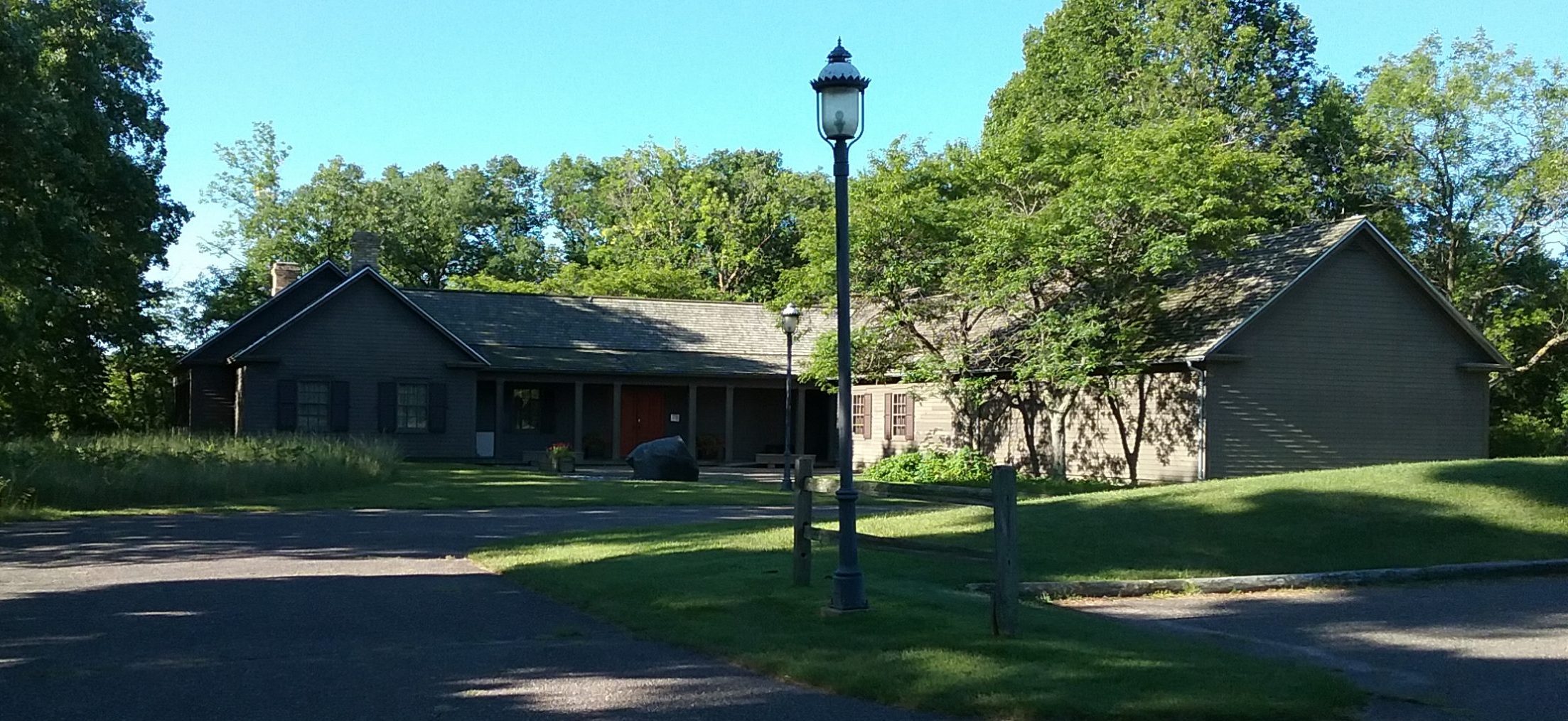Cooking is like love. It should be entered into with abandon, or not at all.
Colette
I love reading cookbooks. Skimming through lists of ingredients and conjuring up fabulously fragrant images of delectable dishes is my idea of fun. This newsletter assignment was right up my alley.
Not everyone likes to cook, but I would hazard a guess that almost everyone likes to eat. Though restaurant attendance seems to have grown over the past few decades, most of us can still claim ownership of at least one or two cookbooks. Many of these were bridal or wedding gifts. Others were purchased at church or community bazaars. Cookbooks that have been handed down through the generations hold special memories of shared meals. If they are earmarked, peppered with food stains and maybe even falling apart, they show sure signs of being well-loved.
Some of my favorite cookbooks are those compiled by various types of community organizations, such as churches or clubs. These often contain “famous” recipes for everything from Aunt Martha’s Rum Cake to the local fire department’s award-winning chili. Several of the cookbooks in the MCHS collections fall into this category. Many have innovative designs and construction, while others incorporate non-food items, like funny quotes or lists of hints and tips.
The cookbook of the Sew N’ Sew Club of 1955, for example, consists of half sheets of white paper with recipes typed in black ink on both sides. The sheets are punched at the top and have two metal rings for a binder. The cover of this book is fabulous. It consists simply of a piece of red and green plaid wallpaper. Marvelously detailed, the index to this cookbook even includes a separate section for jams and one for pickles. It is not hard to see where the emphasis lies. Out of 108 pages, only thirty-four cover the areas of main dishes, vegetables, salads and breads. The remaining seventy-four are devoted entirely to treats, i.e. cookies, cakes, pies and candies.
Another example is the “Housekeeping Tips n’ Tricks and Recipe File” cookbook, which was compiled by the Little Falls Lions Club. The front section of this little gem is filled with household tips. Some of the tips are quite clever, including the one which tells how to ease a stubborn zipper: Ease stubborn zipper by running a lead pencil up and down the closed zipper. The graphite in the pencil acts as a lubricant. The book also includes a selection of “The Chef’s Choice” recipes and a list of cooking hints and tips. One section is titled, “Common causes of failure in baking.” Now that’s not a very encouraging title!
The KLTF Partyline Cookbook, which was printed in 1996, is another wonderful example of creativity. Each recipe that is included gives the name and location of the person who submitted it. KLTF staff member Harriet Turner, for example, supplied a delicious-looking recipe for Diced Apple Raisin Cookies. Recipe names can be a lot of fun. The KLTF cookbook includes recipes for Frying Pan Cookies, Haystacks, Spoonburgers, Shipwreck, and Apple Pie In A Bag.
While most of us could probably create a wide variety of dishes on our own, it’s fun, and sometimes even more efficient, to share. The next time you pull out your favorite cookbook, take a moment to think about all the stories it could tell. It never ceases to amaze me how history can come alive in something as simple as a cookbook.
by Ann Marie Johnson
Copyright 2003, Morrison County Historical Society

DO you mean 1969 and not 1996? because there was one in 1969 and then another a few years later